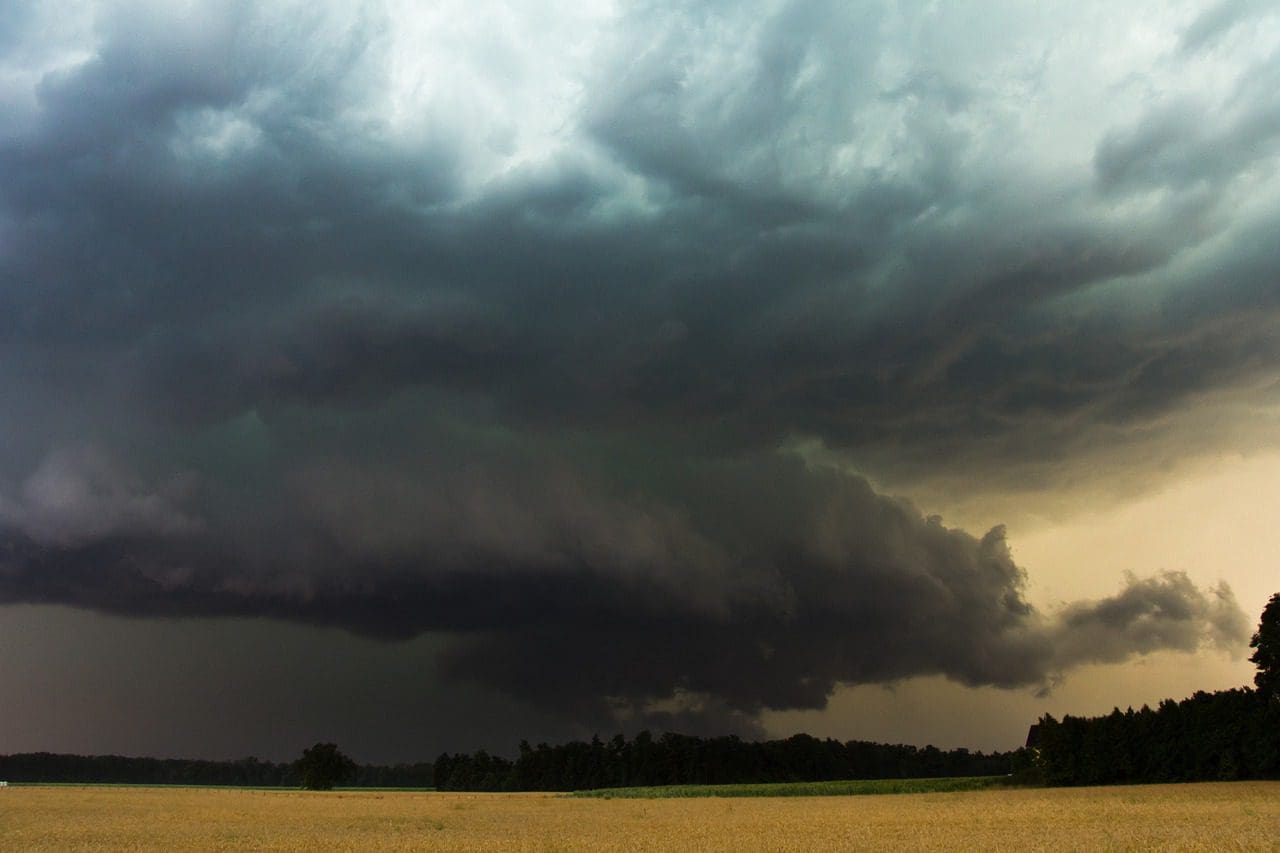While listening to weather forecasts, the words gust and wind are deemed to be the same. However, not many of us know these two are quite different from what is perceived.
Key Takeaways
- A gust is a brief, strong burst of wind that lasts for a short period, accompanied by a sudden increase in wind speed.
- Wind refers to the movement of air from high-pressure areas to low-pressure areas, driven by differences in atmospheric pressure and temperature.
- The main difference between a gust and wind is that a gust is a short-lived, intense burst of wind, whereas wind is a more continuous and steady airflow.
Gust vs Wind
Gusts and wind differ because gusts are 30 times stronger than the average sustained wind. Although gusts are a variation of wind, it is noteworthy that gusts commonly last less than 20 seconds.

Gusts are formed when winds meet obstacles such as a building or irregular ground, whereas winds are formed due to the atmospheric pressure difference caused by unequal heating of the earth’s surface.
Another difference is that gusts hit suddenly as a strong surge of wind, while winds are a steady flow of gasses from a high-pressure region to a low-pressure region. Unlike winds, gusts are not commonly seen over water bodies, whereas wind can be anywhere, and there is a pressure difference everywhere.
Comparison Table
| Parameter of Comparison | Gust | Wind |
|---|---|---|
| Strength | 30% stronger than wind | 30% weaker than gusts |
| Duration | Less than 20 seconds | Flows continually |
| Caused by | When winds hit an obstacle such as high ground or a building | The flow of air from a high-pressure to a low-pressure area |
| Geographic location | Flows mainly above the ground and occasionally over water | Flows both above ground and water |
| Factors affecting | Height of the obstacle, terrain dynamics, average wind speed, etc. | Earth’s rotation, Sun heating, the atmosphere’s pressure difference, etc. |
What is Gust?
Gusts are a variation of wind formed when winds meet obstacles, such as a high terrain or a tall structure or building. Therefore gusts are commonly found over grounds and not so much on water bodies.
However, gusts can occasionally occur over water due to wind speeds and direction changes, causing turbulence and friction in the region. Gusts are formed over grounds due to friction between heavy cold air settling down and lighter thermal air rising.
Gusts are about 30% stronger and have a higher speed than average winds but are strongly determined by the average sustained wind speed. So the higher the average wind speed, the stronger the gust.
Besides average wind speed, other factors affecting gusts are terrain dynamics, local topography, the shape of the structure, and atmospheric pressure.
A gust is a sudden surge of strong winds that lasts less than twenty seconds and is followed by a lull. Gusts are characterized by peak wind speed crossing 18 mph and a minimum of 10 mph difference between peak and rest wind speed.

What is Wind?
Winds are created when air flows from a region of high pressure to a low-pressure region. Wind speeds are measured using a device called an anemometer.
In other words, they are a flow of gasses trying to get to a condition of equilibrium.
While varied atmospheric pressure is the leading cause behind the formation of wind, it is also very much affected by the Earth’s rotation, the Sun’s heating pattern, varied heating of the equator and poles, and many more. About two per cent of Sun energy reaching Earth is converted into wind energy.
Winds are classified into numerous types depending upon their region of origin, wind speed, effects of the wind, causes of origin, the density of gasses, etc. They may be classified into gusts, storms, breezes, or more fierce hurricanes, cyclones, and tornadoes.
Depending on their origin, they can also be classified into planetary and solar winds. Planetary winds result from gasses leaking out of Earth’s atmosphere into space, while solar winds are gasses released from the sun into space.

Main Differences Between Gust and Wind
- The main difference between gusts and wind is that gusts are 30% stronger than average sustained winds.
- Another difference is that gusts are short-lived and are followed by a lull after 20 seconds, while winds last longer.
- Gusts are caused by obstacles such as high grounds or tall structures and buildings, while winds flow due to the difference in atmospheric pressure.
- Gusts are affected by local topography and sustained wind speeds, while winds are determined by Earth’s rotation, Sun’s heating patterns, the pressure difference in the atmosphere, etc.
- A critical difference between gust and wind is that gust is a part of the wind, whereas the term wind covers numerous types, such as hurricanes, breezes, cyclones, etc.

- https://nathaz.nd.edu/documents/GustFrontFactor.pdf
- https://academic.oup.com/oaj/article-abstract/30/1/27/1469301

Kudos to the author for this well-researched, educational post. Truly enlightening!
The engaging and informative nature of this post is commendable. A fantastic contribution to understanding meteorological concepts.
This article is a valuable addition to the literature on meteorology, offering a comprehensive understanding of gusts and wind.
Absolutely, this post stands out for its clarity and depth of information.
The post presents a well-structured and insightful analysis of the distinctions between gusts and wind. Great read!
I couldn’t agree more. The article does a fantastic job of delving into the nuances of gusts and wind.
The information provided here is highly valuable and has made the differences between gusts and wind very clear. Impressive work!
Absolutely, this post is a great resource for those seeking to understand the specifics of gusts and wind.
The post is very informative and has improved my understanding of gusts and wind. Well done!
Impressive article, clear and precise. It’s made a complex topic easier to comprehend.
I agree, I now have a much clearer understanding of the differences between gusts and wind.
This article provides a comprehensive comparison between gusts and wind, delivering a clear distinction between the two. I appreciate it!
Yes, the explanation of the geographical factors influencing gusts and winds is fascinating.
Absolutely, the author does a great job of explaining the intricate details of gusts and wind.
This article is an outstanding contribution to the understanding of gusts and wind. Kudos to the author for the detailed comparison!
I couldn’t agree more. The in-depth analysis here is commendable and enriching.
I was unaware of the significant differences between gusts and wind until I read this post. It’s enlightening.
Absolutely, this article has shed light on the finer details of gusts and wind that many are unaware of.
The detailed explanations of gusts and wind are excellent. This article has certainly expanded my knowledge on the subject.
I concur, the comprehensive nature of the article has made it an engaging and educational read.